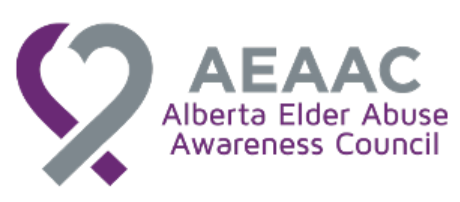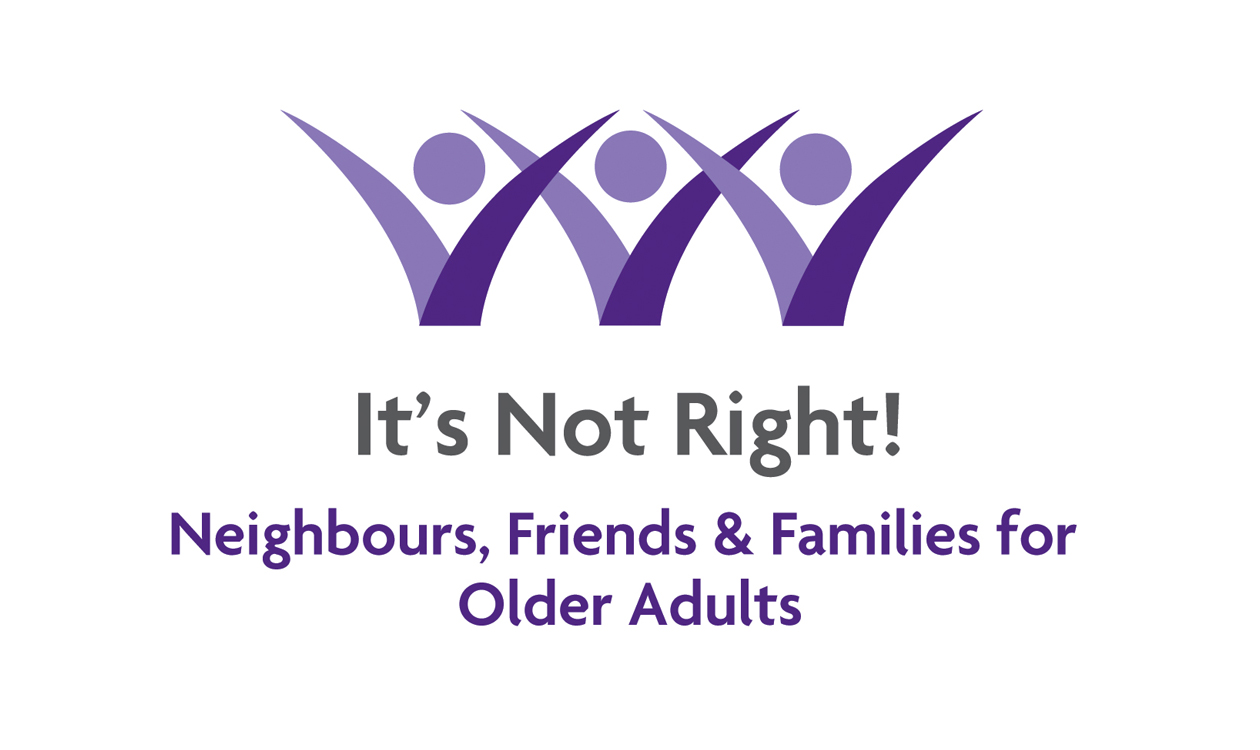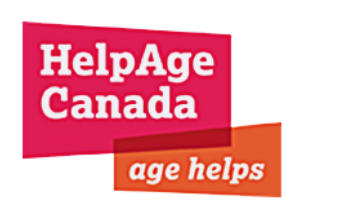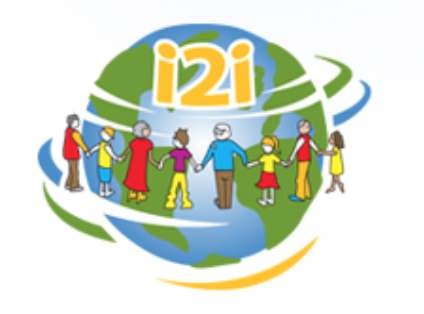Blog
- Details
By Charmaine Spencer, lawyer and research associate at the Simon Fraser University Gerontology Research Centre
On January 15, 2015 Statistics Canada released its newest report on family violence in Canada, including a special section on seniors. Using 2013 data, this report looks at violent criminal offences that come to the attention of police, where the accused person was a family member.
The report identifies important trends in family violence and counters several public misconceptions on violence against seniors. However, because the focus is on violence, it does not cover financial crimes against seniors by family or others, unless some form of violence occurred.
- Details
By Allison Jones, Generations Coordinator at QMUNITY, BC's Queer Resource Centre
Intro to homophobia
At the Canadian Network for the Prevention of Elder Abuse workshop in March, I was encouraged to learn of the resources and knowledge of professionals who are working on prevention. I was also surprised not to hear more stories of clients and family members who had actually watched as loved ones became the victims of elder abuse in some way. I work with LGBTQ seniors in Vancouver and often hear of their experiences with homophobia in health care and in their daily lives. When seniors who are LGBTQ are mistreated or taken advantage of because of their sexual orientation or gender identity, it is considered elder abuse.
- Details
Early on, the CNPEA chose to take a developmental evaluation approach to the Knowledge Sharing Project. This approach allows for an engaged, ongoing assessment of a project that is innovative, complex and broad in scope.
At the halfway mark, the evaluation process focused on asking about the results and success of the needs assessment, but also on exploring the effectiveness of the systems established in the first year for the project and its goals.
The first year has been about recruiting the right professionals to the paid roles, consulting with the sector as broadly as possible to ensure the right information is on hand, and identifying the technical and substantive content scope of the final product(s). This report has been designed to provide the evaluation findings so far for stakeholders. Read the full report here
- Details
Alison Leaney, National Trainer for the It's Not Right - Neighbours, Friends and Families initiative talks to us about the INR - NFF project, about the impact of the CNPEA event Innovation in the Prevention of Elder Abuse and about the upcoming It's Not Right conference in Toronto.
Listen to the interview:
- Details
History
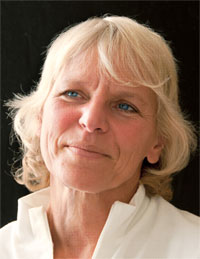 Intergenerational Day was born in 2010, out of the momentum created by World Elder Abuse Awareness Day (WEAAD). The purpose of IG Day, as it is often referred to, is to illustrate and honour the richness of intergenerational partnerships through varied initiatives.
Intergenerational Day was born in 2010, out of the momentum created by World Elder Abuse Awareness Day (WEAAD). The purpose of IG Day, as it is often referred to, is to illustrate and honour the richness of intergenerational partnerships through varied initiatives.
Page 51 of 55




